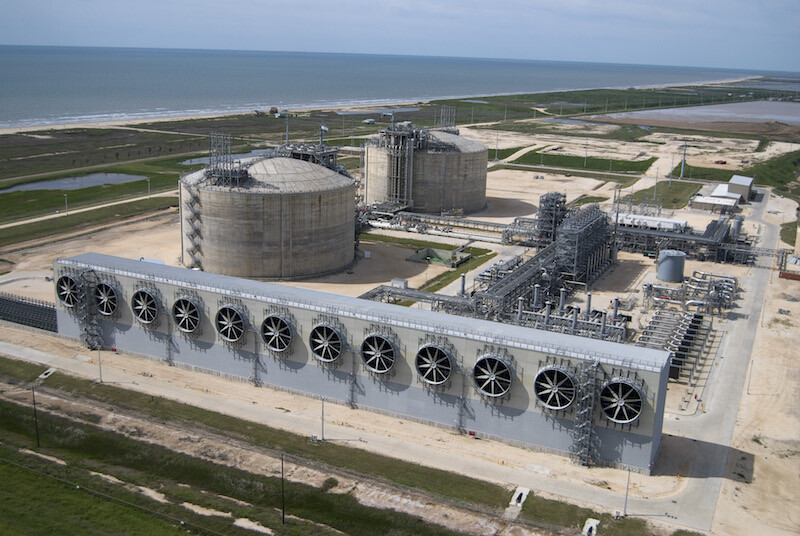The U.S. has stepped up as a leading provider of natural gas to Europe, helping ease the supply crunch caused by Russia’s spiteful cutback just as the winter heating season approaches.
Using export data compiled by Refinitiv, a New York-based gas research and analytical firm, Reuters reported on July 26 that the U.S. had exported around 57 billion cubic meters (bcm) of liquefied natural gas (LNG) through June, 39 bcm of which sailed to Europe. Those volumes eclipse the 34 bcm exported to Europe for all of 2021 and are on pace to far exceed the 15-bcm commitment President Biden made to the continent in March.
In its Aug. 9 Short-Term Energy Outlook, the U.S. Energy Information Administration (EIA) predicted U.S. LNG exports will increase 14% this year compared to 2021, averaging 11.2 Bcf/d, with an average of 12.7 Bcf/d to be exported largely from Gulf Coast terminals next year. U.S. exports, however, suffered a hiccup on June 8 after a fire cut off the average 2 Bcf/d delivered from the Freeport LNG Development LP export facility in Texas. The nation’s second largest export terminal will likely resume partial operation in October but is not expected to be fully operational until the end of 2022.
Meanwhile, analysts predict that there will be enough gas to go around, as U.S. production is on track to reach an all-time high this year. Norway’s Rystad Energy forecasts the nation’s gas production will exceed 100 Bcf/d at year's end. “Already the top gas producer in the world, the U.S. stands ready to boost output further to meet the global demand, but takeaway constraints are a serious risk. However, with new LNG capacity expected to be added after 2024, the U.S. is set to grow its role in global gas markets for some time to come,” Rystad Senior Analyst Kristine Vassbotn said on July 18.
Even so, the 2.501 Tcf of working gas in storage as of Aug. 12 was 296 Bcf less than the same time last year and 367 Bcf below the five-year U.S. average, the EIA said.
In the meantime, more gas production has not yet equaled lower prices, as natural gas futures soared to a 14-year record high $9.33/ Btu on Aug. 16, before retreating slightly the next day, but still up 70% since the end of June.
Gas prices have risen a mind-boggling 525% since June 2020 when Covid shuttered much of the U.S. economy.




